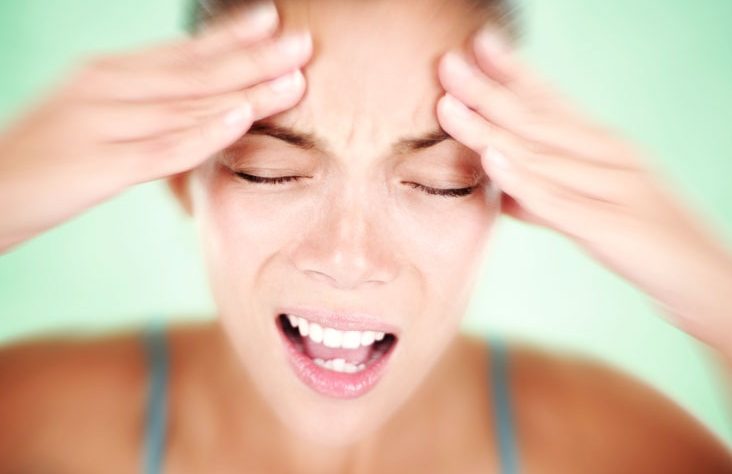Some people may experience a sensation of whirling and dizziness when they looked down from heights. You may feel giddy for a while if you looked down from a skyscraper. That momentary sensation of dizziness is not associated with symptoms of vertigo. Dizziness is a feeling of faintness with or without loss of balance. Dizziness can result due to a number of reasons. It can be associated with drop in blood pressure, dehydration, and motion sickness. Dizziness can be a sign of major disease. However, vertigo is associated with a particular type of dizziness. People think that vertigo is just a name of dizziness. Vertigo is not similar to the fear of height. A person suffering from vertigo feel that his surrounding is spinning continuously. The form of dizziness that medical world associate with vertigo is continuous whirling that occur due to pathological condition in the vestibular system, located inner ear. The chances of having vertigo increases with age. Most often aged people have vertigo. Some women can also experience vertigo due to hormonal imbalance. Listed below are the possible symptoms of vertigo. If you are suffering from these symptoms continuously, then it is not usual dizziness, rather it is vertigo.
- Weakness in limbs. Experiencing difficulty in walking or standing properly.
- If you are feeling nausea that lasts just for 1 minute.
- Sensation that everything in your surrounding is spinning continuously.
- A constant feeling of falling down on floor.
- If visions appear double or blurry sometimes.
- If you are experiencing difficulty in focusing or facing problem in hearing.
- If you are experiencing light-headedness.
- A feeling of discomfort or numbness in ear.
- If you are having facial paralysis.
- Feeling of inconvenience while swallowing.
A person who is already suffering from vertigo, should avoid nicotine and caffeine. Nicotine and caffeine worsen the symptoms of vertigo. Nicotine and caffeine inhibit sleep and can cause serious sleeplessness issues. It accelerates heartbeat, making a person alert. So, people having vertigo should avoid both nicotine and caffeine.
There are two types of vertigo. One is Benign Paroxysmal Positional Vertigo and the second is cervicogenic vertigo. bppv vertigo is a very common type of vertigo. It can be treated by self-care. Medical practitioners are able to figure out the type of vertigo by orthopaedic test. Benign Paroxysmal Positional Vertigo is a very common type and a temporary situation. It can come and go depending upon the position of your neck and head. It may last from few seconds to few minutes, once triggered. It may trigger suddenly after waking up from sleep, tilting the head, sudden head movement, looking up etc. This type of vertigo is usually associated with an issue in inner ear. The inner ear function is to maintain balance and movement. Any problem in inner ear may influence your balance and movement.
Cervicogenic is a particular type of vertigo that can result from injury to the joints, muscle and ligaments of neck that can overstimulate proprioceptors (ending of nerve that detect position sense). Overstimulation of proprioceptors can cause vertigo. This type of vertigo can be treated through muscle work.


